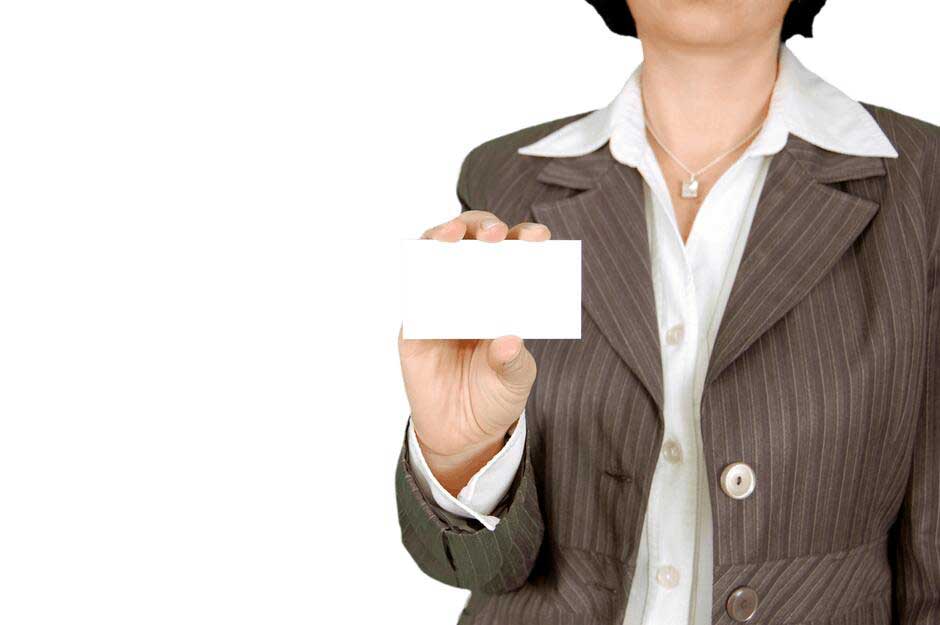The Essential Checklist for Designing Business Cards

Even in today’s digital world, business cards remain powerful tools. They are a quick, personal, and effective way to share your contact information and make a lasting impression. Whether you’re a freelancer, a small business owner, or part of a large company, having a well-designed business card helps you stand out.
But how do you make sure your card gets noticed for the right reasons? The answer is planning. This guide gives you a step-by-step checklist to design business cards that look professional, share key information, and match your brand.
Step 1: Know Your Purpose
Before you even start designing, ask yourself what your business card is for. It’s not just a small paper with your name on it. It should support your goals.
Are you networking? Promoting a new service? Building brand awareness? The purpose of your card will shape the design, layout, and even the material you choose.
Step 2: Include the Right Information
A good business card shares just enough info-no more, no less. Too little, and people won’t know how to reach you. Too much, and they’ll get overwhelmed.
Start with the basics:
- Full Name
- Job Title or Role
- Company Name (if applicable)
- Email Address
- Phone Number
- Website
- Social Media Handles (optional, but useful)
- Physical Address (only if it’s important for your business)
If you’re a designer, artist, or photographer, adding a QR code to your portfolio can be a great move.
Step 3: Match Your Brand Style
Your business card should reflect your brand. That means using the same fonts, colors, and tone you use everywhere else-on your website, social media, or marketing materials. This keeps your image consistent.
For example, if your brand is modern and minimal, avoid bright, cartoonish graphics. If your brand is fun and creative, don’t go for stiff, formal designs.
Use tools like Adobe Express business card maker to experiment with fonts, logos, and colors until everything looks on-brand.
Step 4: Pick the Right Size and Shape
Most business cards are the standard size: 3.5 x 2 inches. This size fits nicely in wallets and cardholders. But you don’t have to stick to the norm.
You can try rounded corners, square shapes, or even vertical cards. Just make sure your design still looks professional and fits in someone’s pocket.
Step 5: Keep It Simple
Less is more. A cluttered card can confuse the person receiving it. White space (space around your content) helps make your information easier to read.
Avoid cramming too much text or using too many fonts and colors. Stick to one or two fonts and a clean layout.
Step 6: Use High-Quality Images and Graphics
Low-quality images can ruin an otherwise great design. Your logo should be sharp, not pixelated. If you use photos or icons, make sure they are high-resolution.
Tools like Adobe Express business card maker provide access to high-quality design assets, icons, and templates that look great in print.
Step 7: Choose Readable Fonts
Fancy fonts might look good at first, but if people can’t read your info quickly, your card fails its job. Stick to simple, professional fonts for contact details.
You can add style by using a different font for your name or job title, but make sure it still aligns with your brand.
Step 8: Focus on Color Contrast
Color choices are important-not just for branding, but for readability. Text should stand out from the background.
Black text on a white background is the easiest to read. If you’re using light colors, make sure your text is dark enough. If your background is dark, use white or light-colored text.
Step 9: Design Front and Back
You can use the back of your business card for more than just decoration. Add a QR code, your tagline, a short pitch, or even a special offer. Don’t overload it. Just make sure it supports the message on the front.
Step 10: Pick the Right Paper and Finish
Your business card feels as much as the design. Think about the paper type, thickness, and finish. Do you want a matte or glossy look? Something textured or smooth?
Thicker cards feel more premium, while special finishes like foil or embossing can make your card feel more unique.
Step 11: Use a Professional Design Tool
Designing from scratch can be hard. That’s where tools like Adobe Express business card maker help. It offers templates, drag-and-drop features, and customization options that are easy to use even for beginners.
This tool also lets you preview your card, fix alignment issues, and export it in the correct format for print.
Step 12: Test Before Printing in Bulk
Don’t skip the test run. It may seem faster to go straight to bulk printing, especially if you’re in a rush, but this is where many mistakes show up. What looks perfect on a screen might not look right on paper. Fonts can be too small, colors may print darker or lighter, and images could appear blurry.
Printing a small batch-around 5 to 10 cards-gives you a chance to see how your final design looks in real life.
Step 13: Keep a Digital Version
Physical cards are useful, but we live in a digital world. Having a digital version of your business card is a smart move. It helps send via email, text to new contacts, or share during virtual meetings when you can’t hand out a printed card.
You can save your business card as a high-resolution PNG, JPG, or PDF. These formats are easy to attach to messages or add to your online profiles. Some people even turn their business card into a digital contact card (VCF file) that others can save directly to their phone.
Step 14: Update as Needed
Your business card should always reflect your current role and contact details. An old phone number or outdated job title can confuse and make you look unprofessional. It might even cause you to miss out on potential clients or opportunities.
Make Your First Impression Count
Your business card is often the first impression people get of you or your company. It should be clear, professional, and in line with your brand. By following this checklist, you’ll create a business card that not only looks great but also helps you connect with others and grow your business.
Whether you’re designing for the first time or giving your old card a makeover, don’t forget to use reliable tools like Adobe Express business card maker to simplify the process.
Hungry for more? Discover our latest articles now!


